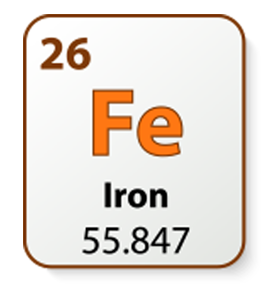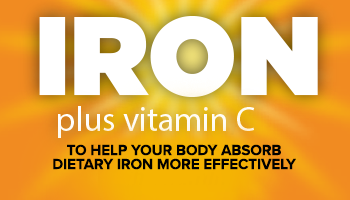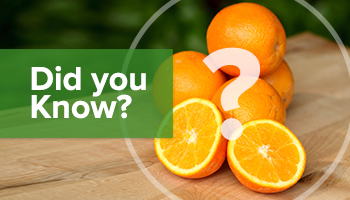

About Iron Deficiency
A Common Form of Nutritional Deficiency
Iron deficiency is the most common type of nutritional deficiency and a leading cause of anemia in the United States. Anemia is a condition in which the body doesn’t have enough healthy red blood cells because of a lack of iron. Without enough iron, your body can’t make enough hemoglobin (pronounced he-mo-glo-bin)—a substance that helps red blood cells carry oxygen from the lungs to the body’s tissues. Hemoglobin also helps our muscles store and use oxygen. Iron deficiency can affect many body functions. It can delay growth in children, stand in the way of our ability to do work as adults, cause problems during pregnancy and it can even cause heart problems, such as a rapid or irregular heartbeat.

Causes of Iron Deficiency Anemia
If you aren't getting enough iron in your diet, or if you're losing too much iron, iron deficiency will eventually develop.
Risks of Iron Deficiency
Blood loss is the biggest risk factor for iron deficiency. Eating a diet that's low in iron or having a condition that prevents your body from absorbing iron can also put you at risk.
Source: Iron and Iron Deficiency. Centers for Disease Control and Prevention website.
http://www.cdc.gov/nutrition/everyone/basics/vitamins/iron.html.
Updated February 23, 2011. Accessed December 5 2014.
*These statements have not been evaluated by the food and drug administration. This product is not intended to diagnose, treat, cure or prevent any disease.



